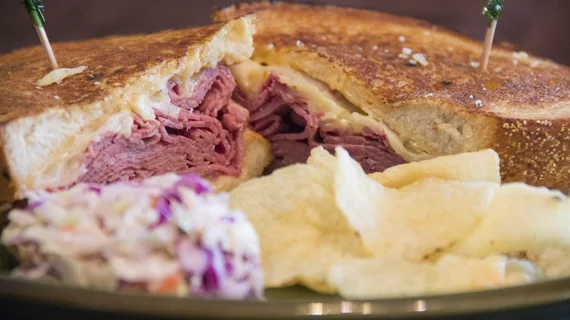Think before you eat: How eating patterns in the US increase risk of cardiovascular disease, death
Researchers have tracked the meal and snack patterns of more than 21,000 Americans, identifying several connections between dietary decisions and the risk of cardiovascular disease (CVD) and all-cause mortality.
The team’s findings, published in the Journal of the American Heart Association, included in-depth comparisons of things people typically eat for breakfast, lunch and dinner. Different snack options were also evaluated.
“People are increasingly concerned about what they eat as well as when they eat,” lead author Ying Li, PhD, a professor in the department of nutrition and food hygiene at Harbin Medical University School of Public Health in China, said in a prepared statement. “Our team sought to better understand the effects different foods have when consumed at certain meals.”
Li et al. examined data from more than 21,500 adults from the United States who provided a full breakdown of their dietary habits. Approximately 51% of participants were women.
Perhaps the group’s biggest finding was that eating starchy snacks—those high in potato, breast or rice, for example—after a meal is associated with a much higher risk of all-cause mortality and CVD-related mortality.
Other key findings include:
- Eating a typical “Western lunch” that includes refined grains, solid fats, cheese and cured meat is associated with a 44% higher risk of CVD-related mortality.
- Eating a fruit-based lunch is associated with a 34% lower risk of CVD-related mortality.
- Eating a vegetable-based dinner is associated with a lower risk of CVD and all-cause mortality.
“Our results revealed that the amount and the intake time of various types of foods are equally critical for maintaining optimal health,” Li said. “Future nutrition guidelines and interventional strategies could integrate optimal consumption times for foods across the day.”
The team’s full analysis is available here.

